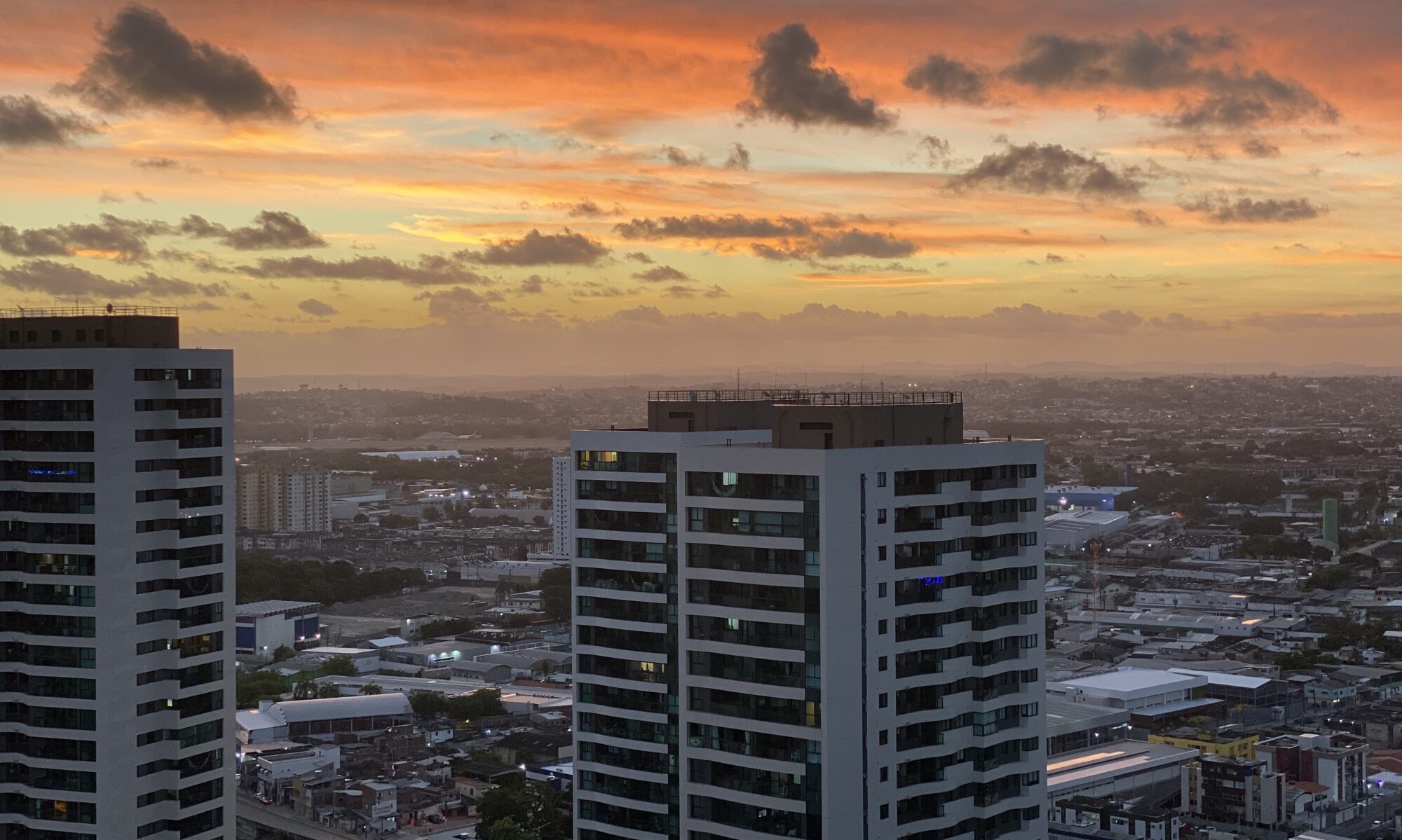The capital of the state of Paraná has become world renowned for its innovative urban solutions and the quality of life enjoyed by its inhabitants. Education and health have been treated as priority services. The transport system is a model for major cities. The green area – 52 m2 per inhabitant – is far in excess of the 16 m2 per inhabitant minimum recommended by the UN. Wide pavements, Rua 24 Horas (24 Hours Street), conservation of the architectural heritage and selective refuse collection have been conceived with the well-being of the population of Curitiba as the starting point.
Curitiba was born in the shade of Paraná pines a little over three hundred years ago. Its name bears its native heritage: kur ity ba, as the Indians used to call the pine-kernels, the fruits of the Paraná pines and the symbolic tree of Paraná. The city came into being when the gold prospectors from the coast travelled up-river to the Serra do Mar arriving at the plains. The first nucleus settled on the banks of the River Atuba in a place called Vilinha. Soon afterwards, the urban centre was transferred to the site of the present Tiradentes Square. It was in this area that the town of Nossa Senhora da Luz do Pinhais had its beginnings, being officially founded on March 29th, 1693. In 1842, the town acquired city status with the name Curitiba, before being elevated to state capital in 1853.
During the course of its history, influenced by interbreeding, the capital of Paraná has managed to harmonize colonial mansions, daring architectural projects as well as nature. Pedreira Paulo Leminski, the location of the ópera de Arame – a theatre seating 1,800 in the stalls and 600 in boxes – and where an open-air stage has a disused stone quarry as a backdrop – is an example of that integration.
Holder of the title of Brazilian city offering the best quality of life, Curitiba is the forerunner in terms of concern for ecology, setting up Brazil’s first environmental university, the Free University of the Environment, which runs projects relating to a sustainable economy, conservation of the ecosystem and environmental education. Deep in a native forest covering 37,000 m2, its researchers are highly aware and are influencing the growth of the city, which bases its economy on trade, the provision of services and processing industries, scattered across Curitiba’s Industrial City. In addition, the city has one of Brazil’s best public transport systems, having exported several of its schemes, such as the Integrated System, which was sold to New York. Curitiba was the first Brazilian city to implement the selective collection of refuse and publicize information on recycling processes.
The well-being of the citizen is the main preoccupation of the city, whose urban expansion is planned so as to avoid stress for its inhabitants. In order for both residents and visitors to enjoy the numerous parks and the city’s pure air, the local corporation has organized a special bus service. But the city’s trademark is the pine-kernel footprint walk. This is a three kilometre route that can be walked,cycled or travelled along by a special bus running between the city’s tourist spots. By following the enormous pine-kernels painted on the ground, the visitor can follow a cultural and historical route that forms part of the Footprints in the Memory projectz leading to churches, historic buildings and squares.

